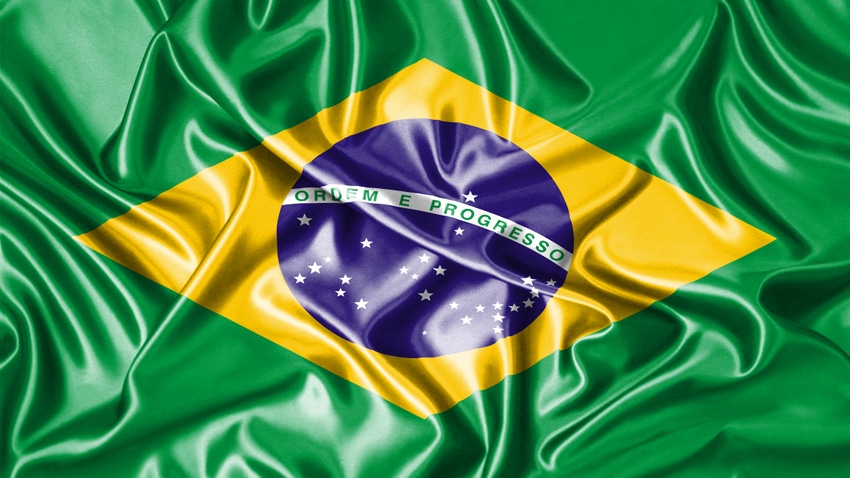
U.S. agricultural exports to Brazil have grown 231% in the past 17 years. But there’s still plenty of opportunity for growth, according to a recent report form USDA’s Foreign Agricultural Service.
Since 2012, Brazil has typically taken in around $10 billion to $11 billion in agricultural imports from around the world. That’s roughly double the amount from 1995, when Brazil joined the World Trade Organization. In 2016, the U.S. accounted for about 8% of Brazil’s total agricultural imports, at $872 million. That’s down from a record-setting $1.9 billion in 2013, however.
Wheat, prepared foods, cotton, dairy and feeds are the most popular commodities headed to Brazil. Ethanol imports to Brazil have also proved to be big business. The U.S. supplied Brazil with 99% of its ethanol imports in 2016, worth around $467 million. As imports approach record levels this year, Brazil moved to apply a 20% tariff on all imports exceeding 600 million liters. The U.S. has shipped around 650 million liters annually to Brazil since 2011.
What’s more, Brazil is amidst an economic recovery, with a stable, expanding middle class of 21 million people. That number could grow by another 1.3 million over the next five years. According to FAS, Brazilians are purchasing less food overall but focusing more on higher quality products. That could lift agricultural categories such as fresh beef, organic food and alcoholic beverages.
Brazil is also a major exporter, with an agricultural trade surplus of $60.3 billion in 2016. Exports such as soybeans, sugar, poultry, beef, soybean meal, coffee, corn, tobacco and pork top this list. The country’s trade surplus has grown considerably since 2000, although it has cooled from its all-time high in 2013.
Brazil has noted infrastructure challenges and is currently investing less than 20% of its GDP toward infrastructure. In particular, northeast Brazil has invested in new ports, shipyards, airports and a refinery – and as a result, that region is growing faster than the rest of the country and has a GDP that rivals most Latin American countries.
To capture additional import share, the U.S. will have to wrestle market share away from other South American countries and the European Union. Around half of Brazilian imports come from Mercosur trading partners (Argentina, Uruguay and Paraguay). Or, the U.S. could simply capitalize on ongoing socioeconomic trends unfolding in Brazil. The country faces an increasingly urbanized, aging population. The growing urban labor force may also demand more high-end retail choices and imported products moving forward.
About the Author(s)
You May Also Like






